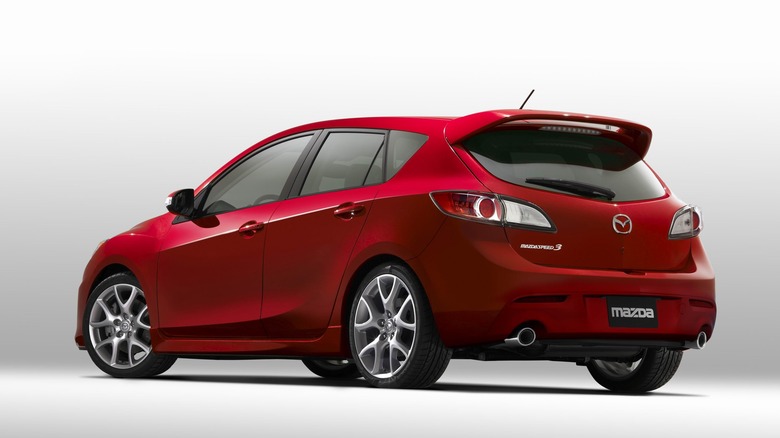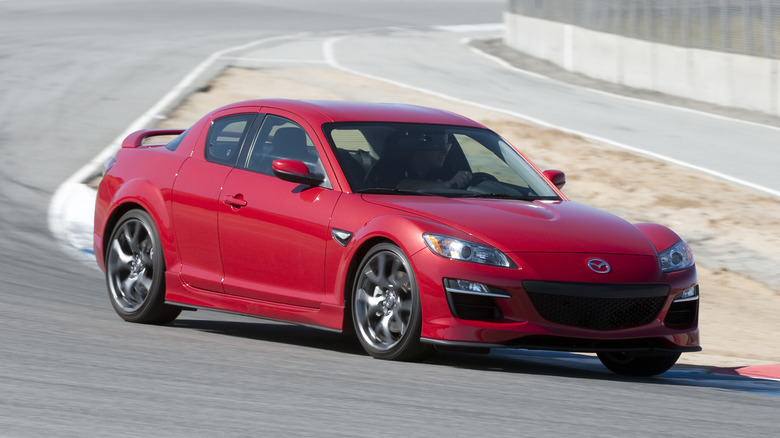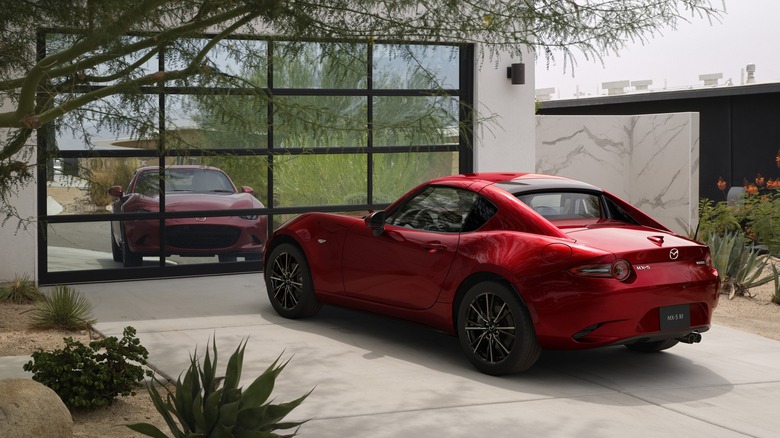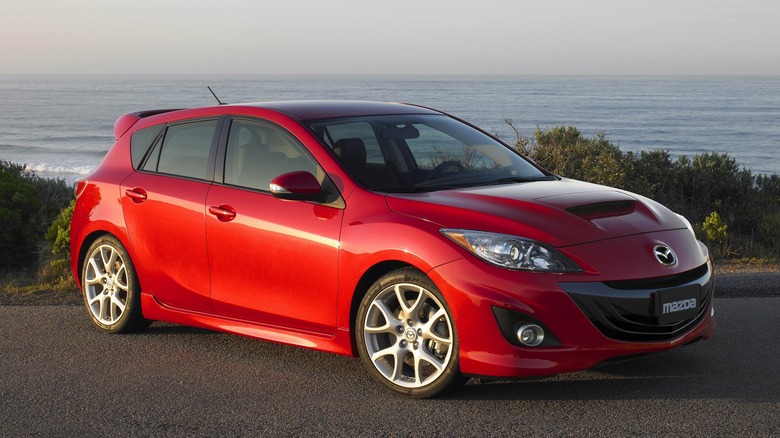3 Mazda Models That Are Future Classics
With a history that dates back as far as the 1960s in America, Mazda already has several models that qualify as classics, including one of the most iconic cars in JDM history. From models like the RX-7, which is an icon in the import world, to older Mazdas like the Cosmo 110, which qualifies as a classic based on its age and significance for the brand — there are models of historical significance all throughout Mazda's history. But what about more modern models? What about vehicles that aren't quite in historical territory yet, but we identify them as more important than the average model?
Mazda's sports car lineup is limited, but impressive, while their practical family cars have an appeal of their own, offering a number of models to choose from as well. Here are a few choices that could easily qualify as future classics — Mazdas with distinct styling, peppy powertrains, or even limited production runs that should place them squarely in the sights of collectors.
Mazda RX-8
The Mazda RX-7 has movie appearances, race wins, and the infamous Wankel engine, all playing a part in its distinguished history. The RX-8, however, is significantly less acclaimed. The RX-8, like the RX-7 before it, used a rotary engine called the RENESIS. It was just 1.3-liters, but it provided 232 horsepower and 159 lb-ft of torque when paired with the available six-speed manual transmission (a six-speed automatic dropped the horsepower rating to 212). It also had a unique layout with "freestyle" rear doors that allowed for easier access to the back seat.
When it launched in 2003, the RX-8 received plenty of critical acclaim, landing on Car and Driver's Ten Best list three years in a row (2004 – 2006). It received a number of awards for being an excellent driver's car, and it was a unique choice for buyers who wanted sporty driving dynamics paired with the practicality of a four-seater. Unfortunately, the enthusiasm didn't convert into high sales numbers. The RX-8 had poor fuel economy and some reliability issues, and after less than a decade, Mazda had to pull the plug on the RX-8 — citing low sales and increased global emissions standards. It may not be a cult classic yet, but the RX-8 was a unique car with a unique engine, and it didn't last very long. That's a perfect recipe for a vehicle that has the potential for a cult classic, at the very least.
Mazda Miata RF
The Miata (also known as the MX-5) has been on sale for over 30 years. and many of its variants already qualify as classics. It's a lightweight, nimble, affordable car that is used just as successfully as a daily driver as it is on racetracks around the world. A more modern version that might not be as popular or well-known, however, is the Miata RF. The Miata RF was introduced in 2016, and it's a hard-top version of the normally-soft-top convertible Miata. The RF (which stands for retractable fastback) gives the fourth-generation Miata a sleeker, sportier look, and it makes the interior a bit quieter, too.
Under the skin, it's the same excellent sports car with impressive handling dynamics, a well-designed interior and a generally fun-to-drive nature, but on the outside, it's a uniquely-styled Miata that feels slightly more grown up. Current Miata RF's get access to equipment like Brembo brakes and Recaro seats, but even in stock form, it's still a great driver's car.
Mazdaspeed3
Like the RX-8, the Mazdaspeed3 is also a high-performance child of the early 2000s. It was the hot-hatch version of Mazda's compact sedan and hatchback, the Mazda 3. Introduced in 2007, the Mazdaspeed3 originally came with a turbocharged 2.3-liter four-cylinder engine with 263 horsepower. That was a considerably high horsepower number for its day, especially for a front-wheel drive vehicle. But with big power and a front-wheel drive layout, torque steer was a problem on the Mazdaspeed3. Bury the throttle, and it would veer sideways, especially in lower gears. It was alarming, but it gave the hot hatch a bit of a theatrical feel.
More than just something you could drive fast; it was a car you had to be careful driving. It was dangerous to put your right foot all the way to the floor, so you were cautious when you did. Obviously, this kind of driving flaw wasn't ideal for on-track performance or even everyday driving, but the Mazdaspeed3 was still entertaining to drive, and it had the added practicality of being a hatchback. Today, the Mazda3 hatchback is still available with a turbocharged engine, but it's more refined and restrained. That makes the newest Mazda3 better to drive, but it's not quite as quirky — and quirkiness will certainly help elevate the Mazdaspeed3 to "classic" status in the future.



